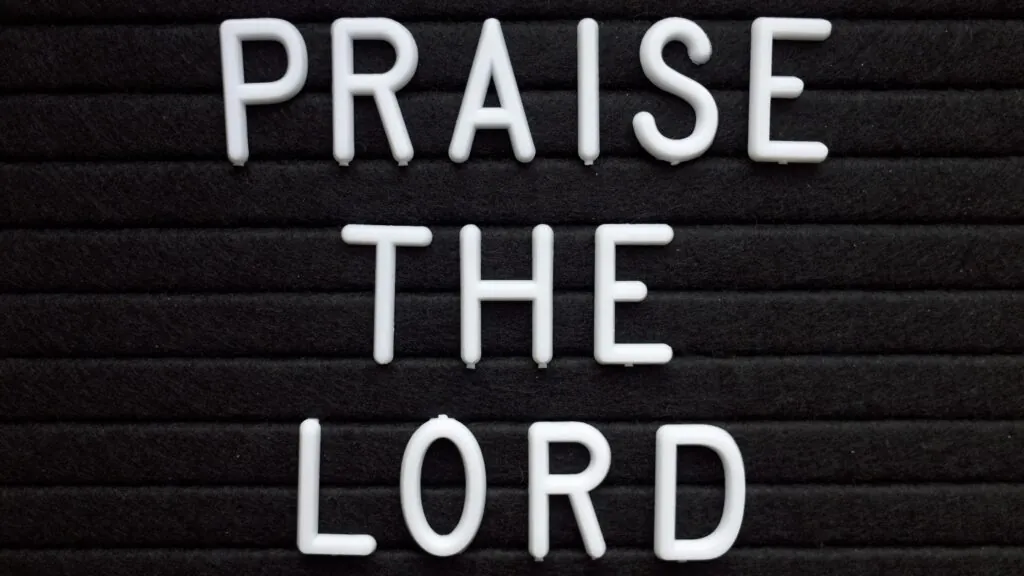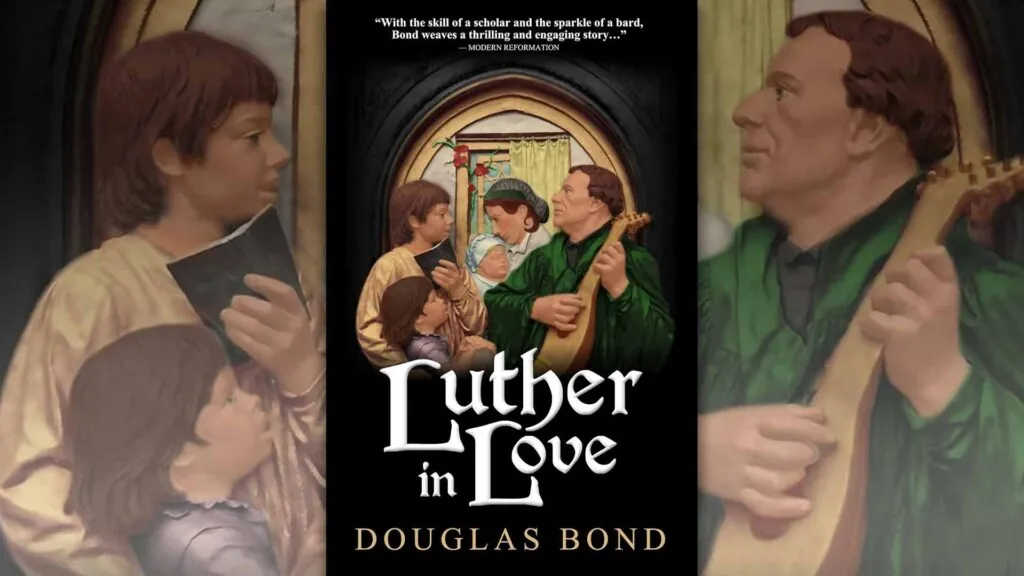There’s no more exciting time than Christmas. Reflecting on the birth of Christ, gifts, lights, decorations, music, special foods, and time spent with family and friends cause most Christians to anticipate some “good times ahead!”
Ah, but since it is supposed to be exciting, and everyone is kindly wishing us a very merry time, we have to be careful to manage our expectations. All the anticipation can raise expectations to unreachable levels – we may begin to think that we have a “right” to a perfect Christmas. Then we’re setting ourselves up for disappointment over the gift or invitation we didn’t receive, the people who didn’t come over, the lack of enthusiasm over gifts we presented, or the lack of cooperation with all the cooking and cleanup! Poor us!
Instead, as God’s chosen ones, let’s take the time to meditate ahead of time on Colossians 3:12-17 and “get dressed” for the holiday season by putting on “compassion, kindness, humility, meekness, and patience.” Let us bear with and forgive one another, and put on love which leads to harmony. Let us “let the peace of Christ dwell in us” as we celebrate Him!
How? By immersing ourselves in God’s Word and singing Psalms and hymns, meditating on His great gifts to us. Resist the temptation to overdo it. Don’t exhaust yourself to the point of complaining. Let there be a balance so that you don’t end up tired, angry, resentful or poor.
As you think about how you might spend the Christmas season honoring Jesus Christ whose birth and very life we are celebrating, consider including some of the following suggestions that I’ve gathered.
Suggestions
- Emphasize giving instead of receiving. As Acts 20:35 tells us, Jesus said that it is more blessed to give than to receive. Instead of asking “What do you want for Christmas?” ask “What are you going to give so and so?” Some activities are:
-
- Let young ones choose gifts for family members and teachers at the dollar store – even if some of their choices amuse you.
- Support a Christian ministry – let the kids earn money working at home or for others, and give it, so that they can feel the joy of donating as well.
- Collect food for the needy.
- Give of your time to help the sick or those who are overwhelmed with trials.
- Assist in a soup kitchen.
- Give a surprise gift of service to family members, neighbors, friends – and don’t forget your pastor and his family.
- Have a craft or baking day, perhaps with friends, and give some of the delicious results to others.
- Be honest about Santa. It’s wrong to lie to your children, especially about an ageless, supernaturally powerful, unbelievably generous, and generally invisible being, who “knows when you’ve been good or bad.” So let them know who is giving them the gifts. The kids will be thrilled that Mom, Dad, Oma, Opa and Aunt Susie showed their love by giving them something special.
- Consider opening gifts on a different day. That might be Sinterklaas (December 5), or Epiphany (January 6); this could help to keep Christmas Day as a time to worship and glorify our Lord. But note, if you do open gifts on Christmas Day, one thing you don’t want to do is to make the children sit through a devotional while in their little hearts they are eagerly staring at a pile of soon-to-be-unwrapped presents. There’s a time for everything, and it’s fine to let them cherish their anticipation and excitement rather than expecting them to obediently sit through a reading to which they are not even paying attention.
- Celebrate Advent. Advent means “coming” and begins a specified number of days before Christmas Eve to build anticipation for the actual Christmas day. If you buy an Advent calendar, avoid the distracting ones with candy or cutesy Santas/TV cartoon characters on them. Plan a devotional reading and song for each of the days. Teach your children how to use a Bible dictionary/handbook or the Logos online Bible aids to dig out facts for themselves to present to the whole family at the next dinnertime. Topics might include:
-
- Angels – Learn what the Bible says about angels. Some suggested verses are: Matt. 4:11, 24:31, 26:53; Luke 2:10-12, 22:43; 1 Tim. 3:16; Acts 1:9-11; 2 Thess. 1:7; Rev. 7; Ps. 91:11-12. There are useful books on the subject that could also be your guide.
- Who was Augustus Caesar? – Was he related to Julius Caesar? Make a chart of the rulers from the New Testament era. What is a census and why did Augustus want to do one? Make a family tree together – your own “census.”
- Where is Bethlehem? – Study maps of Palestine in the time of Christ together, and compare the map to a current one. Bethlehem still exists! Use Google maps to look up the distance from Nazareth to Bethlehem. If the weather is good, take a family hike and compare it to how far Joseph and Mary had to travel.
- Christmas carols – Learn the stories behind some of the carols and examine the words together to determine which are biblical and which are just sung for fun because they are a tradition (Little Drummer Boy, for instance – would a newborn want a kid to play a drum next to his little ears?).
- Learn some new-to-you Christmas carols – There are probably some in the Book of Praise or hymnbook that you do not know.
- Jesus as the “light of the world” (John 8:12) – If you’re putting up Christmas lights, then read/talk together about how Jesus is the light of the world. What does that mean? How can we be lights as well?
- Make a list of the names/titles of Jesus and talk about each one – Write down a dozen on good cardstock cards, put a number on the front of each, with the name inside and a verse to go with it.
- Talk about shepherds – What was it like to be a shepherd? Of all the people in the world, it was the shepherds who were told to go to Bethlehem and see the Christ child. Talk about how Jesus later said, “I am the good Shepherd [who] gives His life for the sheep” and “My sheep hear My voice, and I know them, and they follow Me. And I give them eternal life, and they shall never perish” (John 10:11; 27-28). Have a treasure hunt looking for hidden treats and then talk about how Jesus is the Good Shepherd who goes out searching for His sheep.
- 12 Days of Christmas – Historians disagree about whether this song was put together to aid children in remembering catechism or aspects of the Christian faith. However, there is enough basis that you can choose to look up the details online and view the song this way if you so desire. The Twelve Days of Christmas are supposed to start on Dec. 25 and end on the evening of Jan. 5th. It was traditionally celebrated that the Wise Men arrived with gifts on Jan. 6.
- What are frankincense and myrrh? – Research some ideas as to why these were given to Jesus along with gold.
- Christmas-related items – Include information that is interesting/possibly meaningful about items such as the possible Christian symbolism of the candy cane, the use of red and green (symbol of blood and everlasting life), and the circular Christmas wreath symbolizing the eternal nature of Christ and His endless love.
- Let each family member read a portion of the Christmas story from Luke and Matthew. Take turns choosing carols or Psalms to sing.
- Host a party. Invite family members but also consider inviting single folks, neighbors, or small families who have no relatives nearby. While large gatherings can be fun, smaller ones lend themselves to better conversations; why not have 2 or 3 small gatherings instead?
- Go caroling at a hospital, assisted-living home, or to various shut-ins’ homes. Take a small gift of baking or fruit to give. Have the children prepare Christmas cards ahead of time to give out as well.
- Write a letter to a missionary family or two. Include encouraging scriptures, and let each member of the family tell a little about themselves, whether they write it, or dictate it.
- Collect yearly memories – Ask each person to write down something that they are thankful for, and something that they would like to see happen in the new year – collect these and pack them away with the Christmas decorations so you can read them when you get together next year.
- Watch a good Christian movie, such as War Room, Martin Luther, Woodlawn, Alleged, The Case for Christ, Beyond the Mask, Overcomer, Time Changer, Sabina, Courageous, The Song, I Can Only Imagine, and Calvinist and talk about it.
- Read and write some poems about the true Christmas story.
- Attend your church service, whether on Christmas morning or Christmas Eve.
Honoring Christ in every way
It’s pretty common to see signs that say “Keep Christ in Christmas.” By analyzing what we have done before and carefully choosing what we will do this year, we can accomplish that goal.
Sharon L. Bratcher has collected 45 of her RP articles into a book, which is available by contacting her at [email protected].












